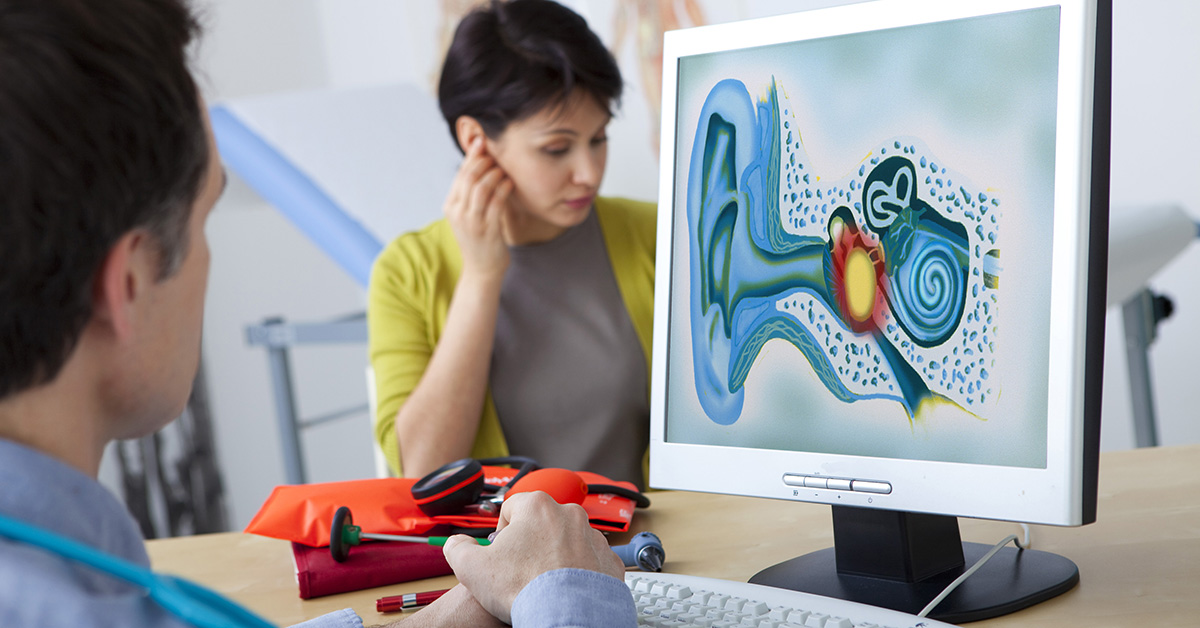
Clogged Ears?
Have you ever experienced clogged ears? If so, you likely know that the uncomfortable symptoms like ear pain, dizziness, and muffled hearing they often bring. So, what exactly causes clogged ears? While the exact cause of clogged ears varies from person to person, this condition is often the result of eustachian tube dysfunction.
Your eustachian tube is a tiny passageway that connects your throat to your middle ear. Every time you sneeze, swallow, or yawn, this tube opens up and prevents air pressure and fluid from building up inside of your ear.
Sometimes, your eustachian tube may become clogged and lead to eustachian tube dysfunction. While anyone can experience eustachian tube dysfunction, this condition is widely seen in children, smokers, and individuals who are overweight or obese.
Fortunately, there are intranasal medications that can help you open up your ears and find relief from your symptoms, which may get worse any time you fly on an airplane, ride in an elevator, or experience any other changes in altitude.
The key is to success with these medications is making sure they make their way to your eustachian tube. Here are a few methods that can help accomplish this:
The Nasal SprayUse a nasal spray medication and point the bottle to the back of your neck while keeping your head down and looking at the floor. Be sure the nasal spray is perpendicular to your face. Here's why: If it's aimed towards your eye or the top of your head, the medicine will target your sinus cavities rather than your eustachian tube.
The Eye DropperPlace a few drops of medication into your nose through an eye dropper. This way, it can drain to your eustachian tube. If you choose this route, tilt your head back and turn it slightly towards the ear of concern so that the nasal drop can make its way down toward the eustachian tube.
You may want to try Mygind's position if it's uncomfortable or painful for you to bend your head back. Mygind's position works similarly but you are laying down and looking up. Keep in mind that this position also requires your head to be turned slightly towards the ear of concern.
In most cases, the nasal spray method does the trick for patients with eustachian tube dysfunction. Sometimes, however, patients enjoy greater success with the eye dropper. Your doctor can work with you to determine the ideal method for your unique situation.
